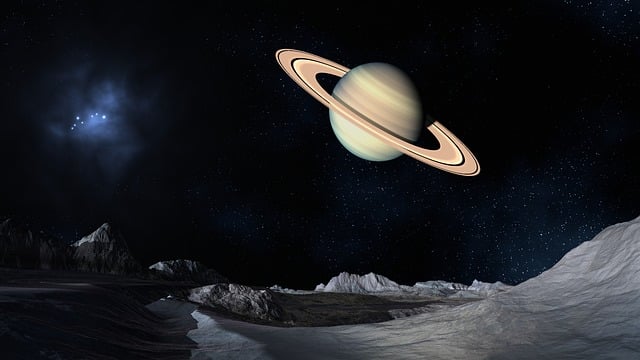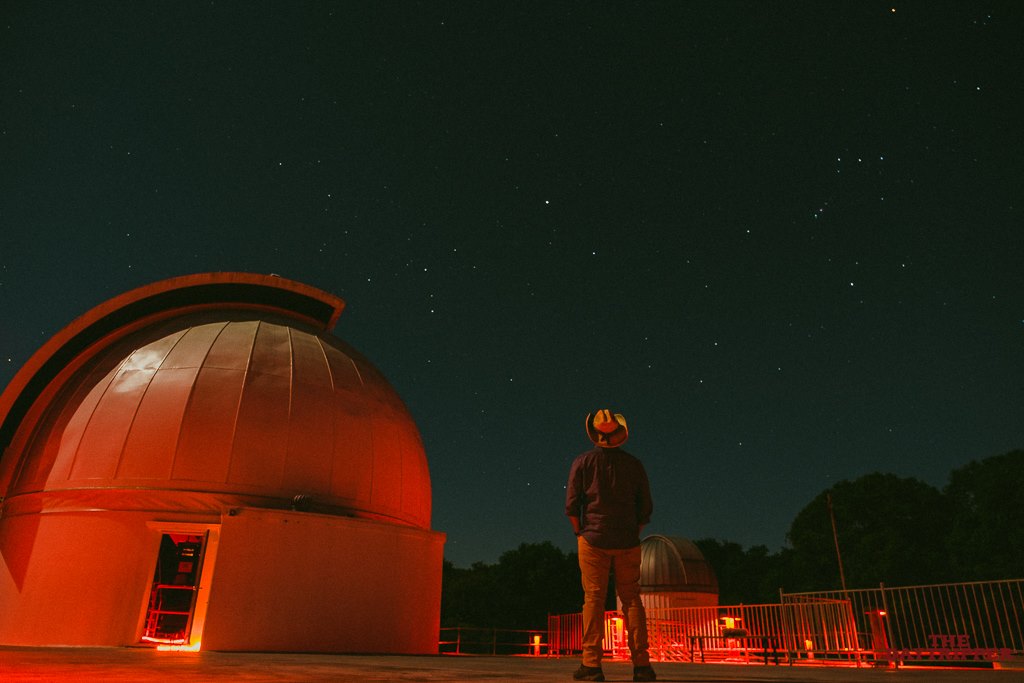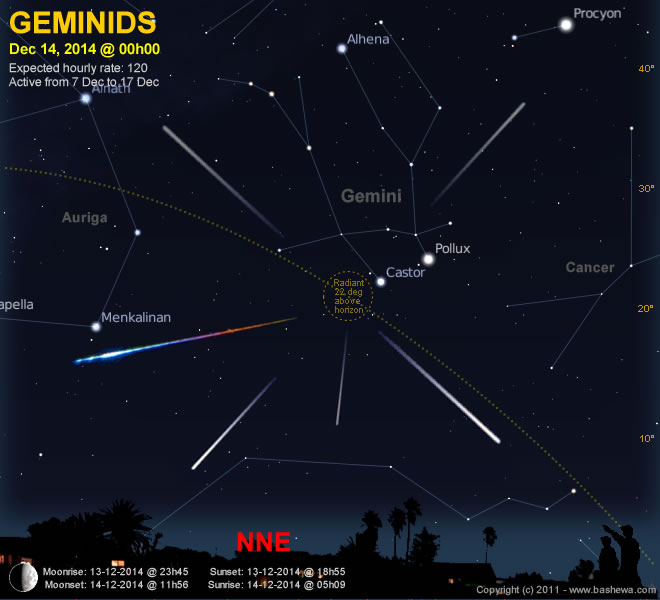Longtime observers of meteors are familiar with the annual Perseids in August and the Geminids in December. These showers reliably produce hundreds of “shooting stars” per hour every year.
Beginning in 2014, however, we might add another annual treat — the May Camelopardalids, peaking on May 24!
 What are meteors?
What are meteors?
Meteors are streaks of light in the night sky produced when tiny dust particles enter the Earth’s atmosphere. Because these particles are moving very fast as they fall through the Earth’s atmosphere, friction causes them to glow. Most meteors burn up completely while in the atmosphere. Any rocks that reach the ground are called meteorites.
Why do meteor showers occur?
Individual meteors may be seen at any time and are therefore totally unpredictable. However, as the Earth circles the Sun, it passes from time to time through paths of comets. The comets are long gone, but dust particles swept off the comet remain behind. As these particles fall into the Earth’s atmosphere, a meteor shower occurs. (Imagine driving on a gravel road behind a truck. Although the truck is not at the point where you are, particles kicked up by its wheels strike your windshield.) Since astronomers know where these comet paths are, they can predict when the Earth will pass through them and thus roughly predict meteor showers.
 Early on May 24, the Earth passes under the path of Comet 209P/LINEAR, causing a shower known as the May Camelopardalids. Although Comet 209P/LINEAR’s most recent approach to the Sun was on May 6, there should still be many dust particles left to enter the Earth’s atmosphere on May 24.
Early on May 24, the Earth passes under the path of Comet 209P/LINEAR, causing a shower known as the May Camelopardalids. Although Comet 209P/LINEAR’s most recent approach to the Sun was on May 6, there should still be many dust particles left to enter the Earth’s atmosphere on May 24.
What does “Camelopardalid” mean?
This shower is called the May Cameolpardalids because these meteors seem to “radiate” from the constellation Camelopardalis, the Giraffe. Since two other (much weaker) meteor showers, peaking in March and October, radiate from the same area, we specify “May Camelopardalids.” Camelopardalis appears just under the North Star early on May mornings, so meteors will seem to come from the north. That’s because Earth passes under the debris stream rather than through it; debris thus falls into Earth’s atmosphere mostly near the North Pole.
 When can I best observe the May Camelopardalids?
When can I best observe the May Camelopardalids?
This year, the best time to observe is on Saturday morning, May 24, between 1:30 and 3:30 a.m. The very skinny crescent Moon, which won’t even rise until 3:40 a.m., is not a major factor. The closer you are to Houston’s bright lights, however, the fewer meteors you’ll see. Also, any haze or cloudiness will hide meteors from view. Keep in mind, however, that unlike other annual meteor showers such as the Perseids or the Geminids, we have never observed this shower before.
That’s because until recently, Earth never came close enough to the path of 209P/LINEAR for its debris to fall into our atmosphere. That changed in 2012, when that comet came too close to Jupiter. Interaction with the King of Planets put 209P/LINEAR onto a new orbit which comes closer to Earth’s. As the comet has a five-year period, 2014 is the first time it approaches the Sun on its new orbit — and the first time Earth encounters its debris field. Therefore, the information above on when to see the most meteors is simply our best estimate.
 How many meteors will I see?
How many meteors will I see?
Astronomers expect at least 100 to 200 meteors per hour, with only an outside chance of seeing 1,000 per hour (a meteor storm). Meteors will appear all over the sky during the shower, with each meteor streaking from north to south. Lying on your back, to see as much of the sky as possible at once, offers the best view. With the radiant low in the north for us, we won’t see as many meteors as those in the northern U.S. or Canada.
Still, this shower has never happened before, so all projections could be off. The only way to know for sure is to watch and find out!






